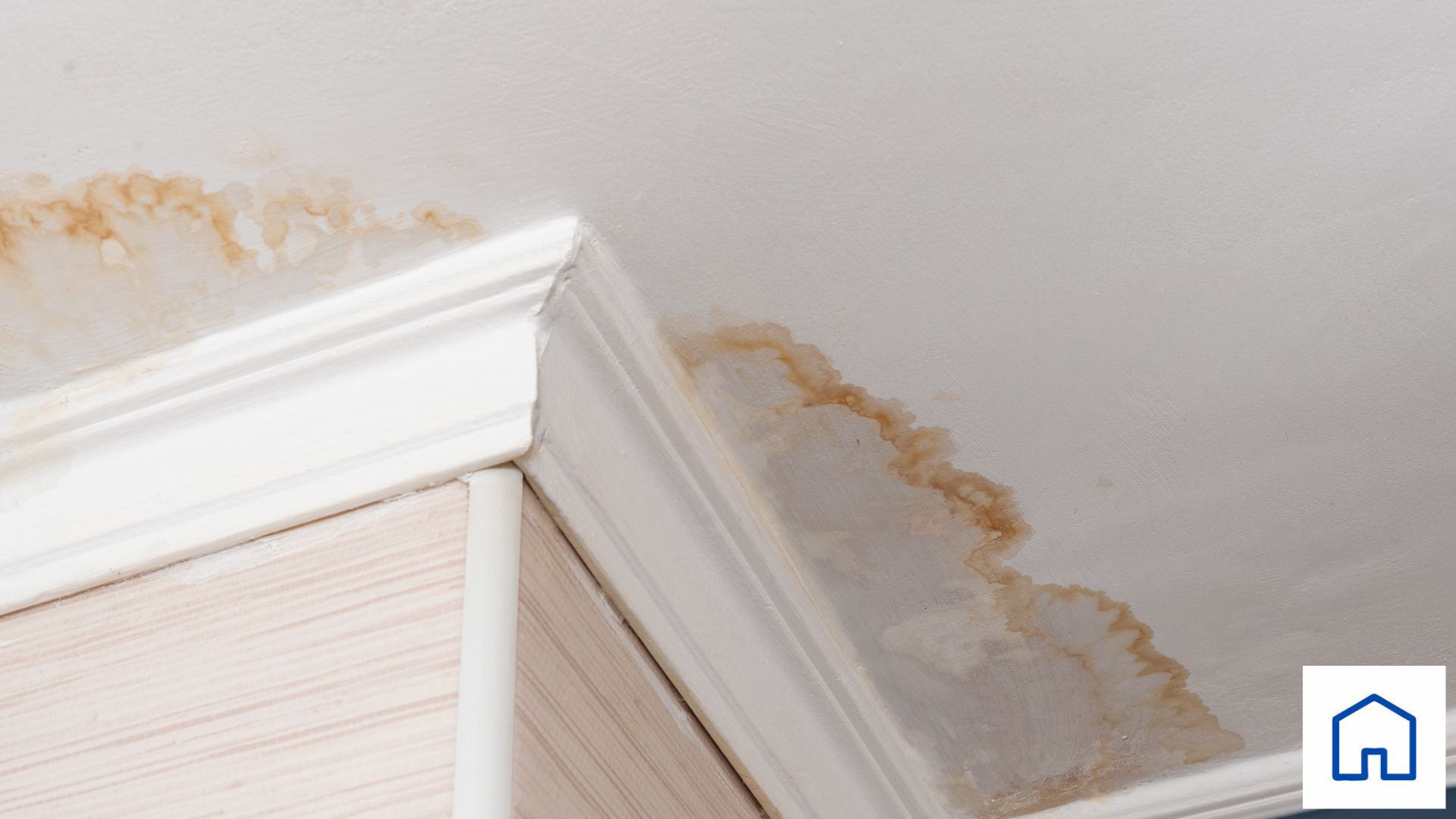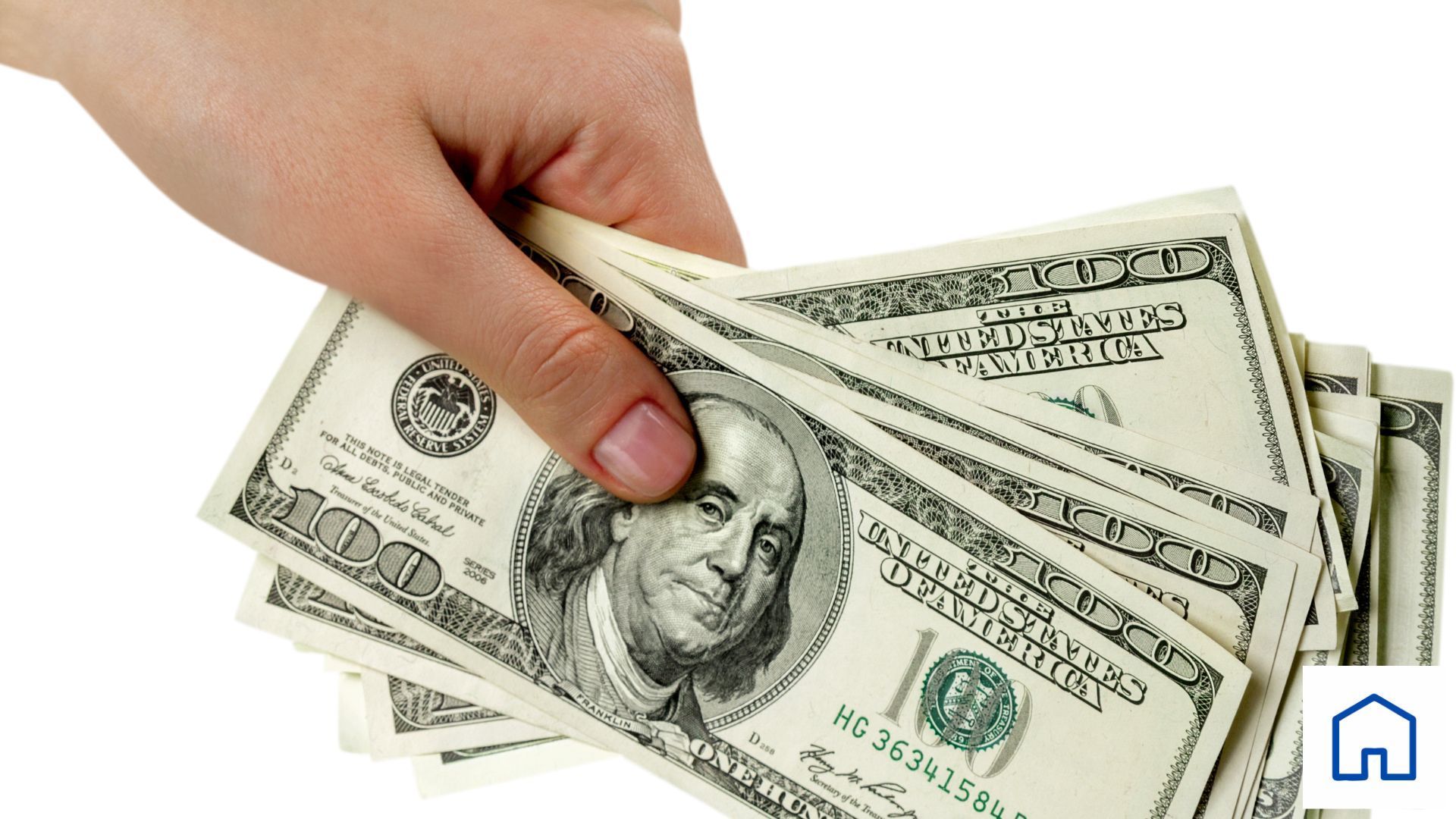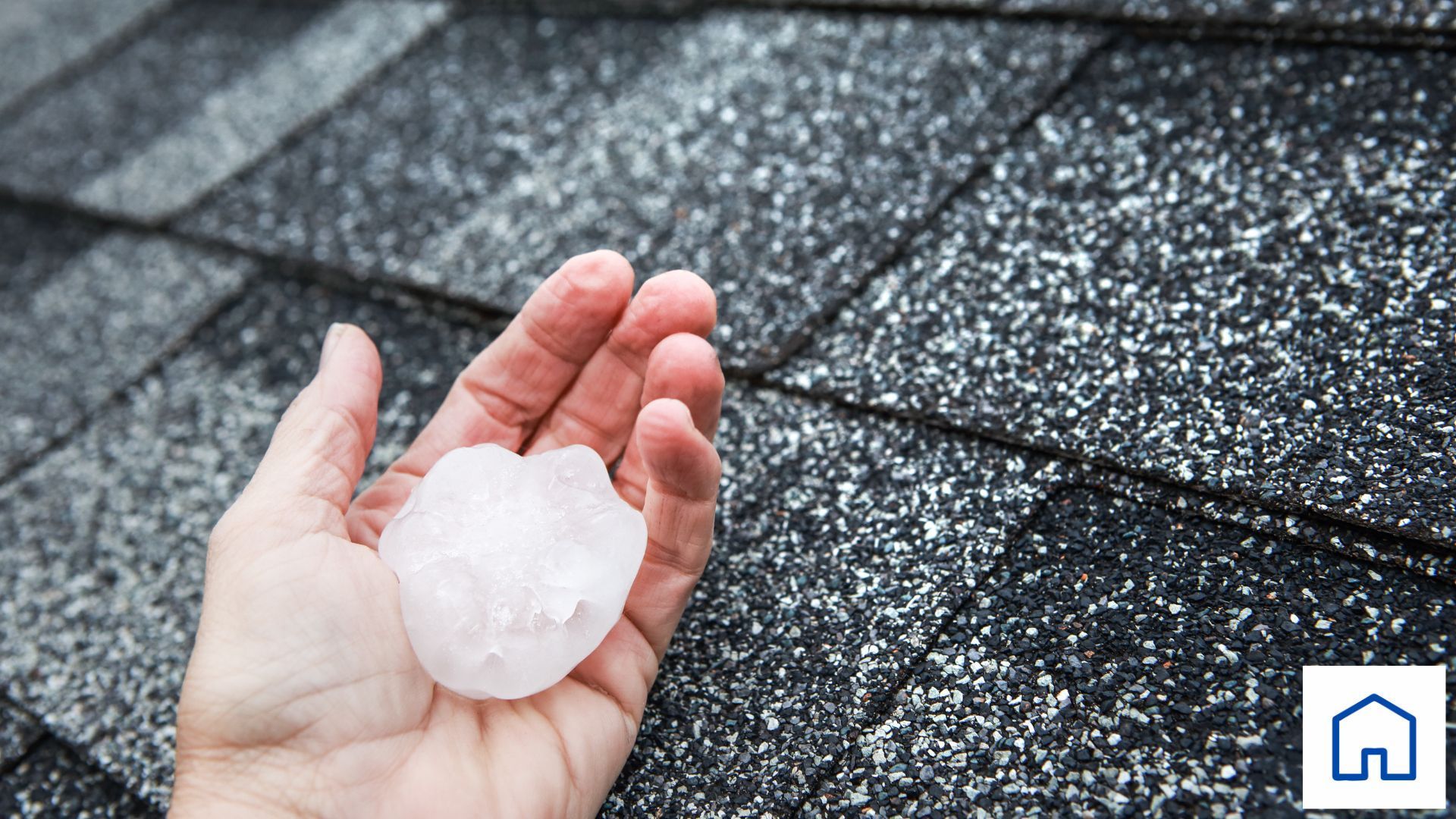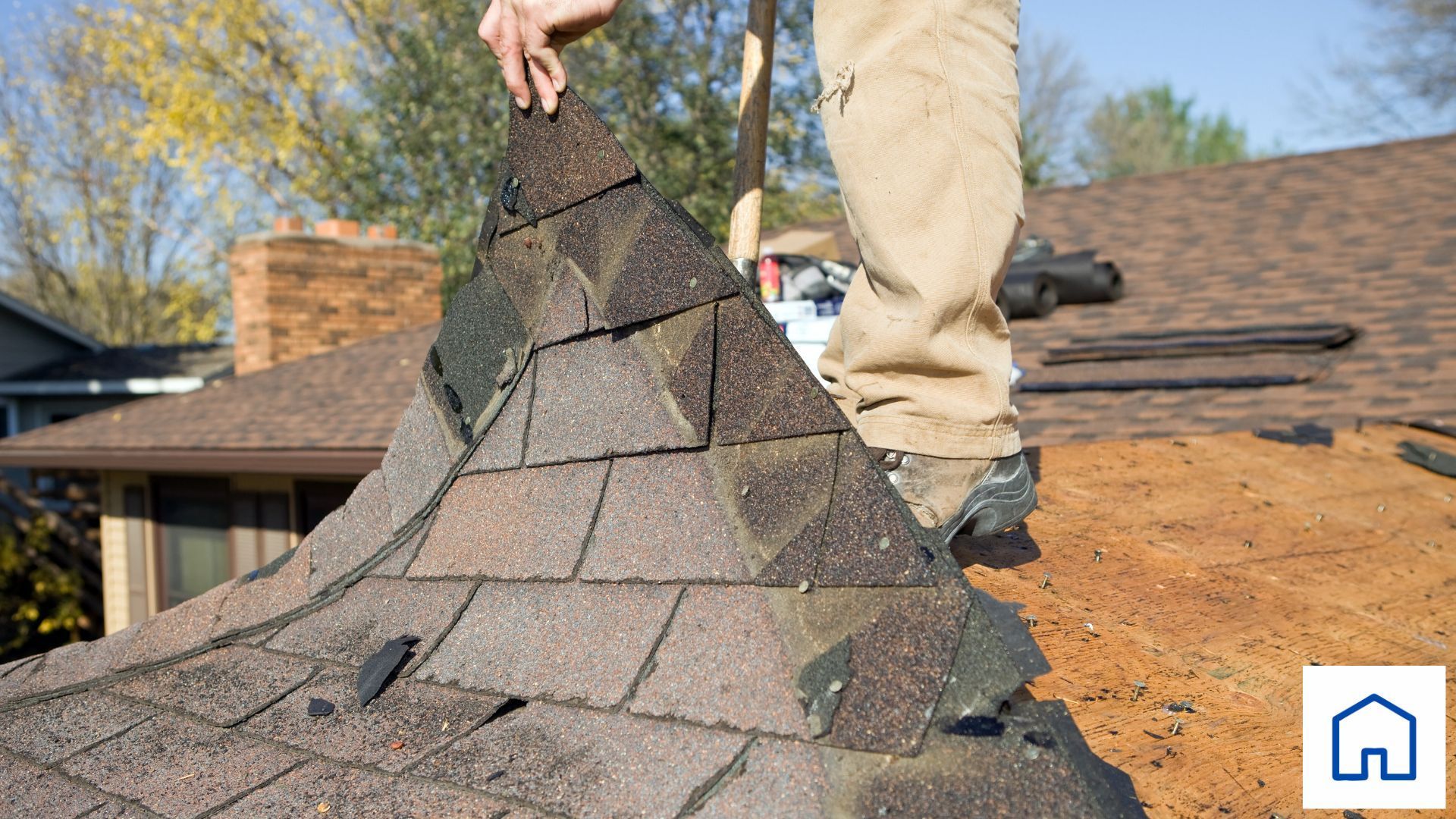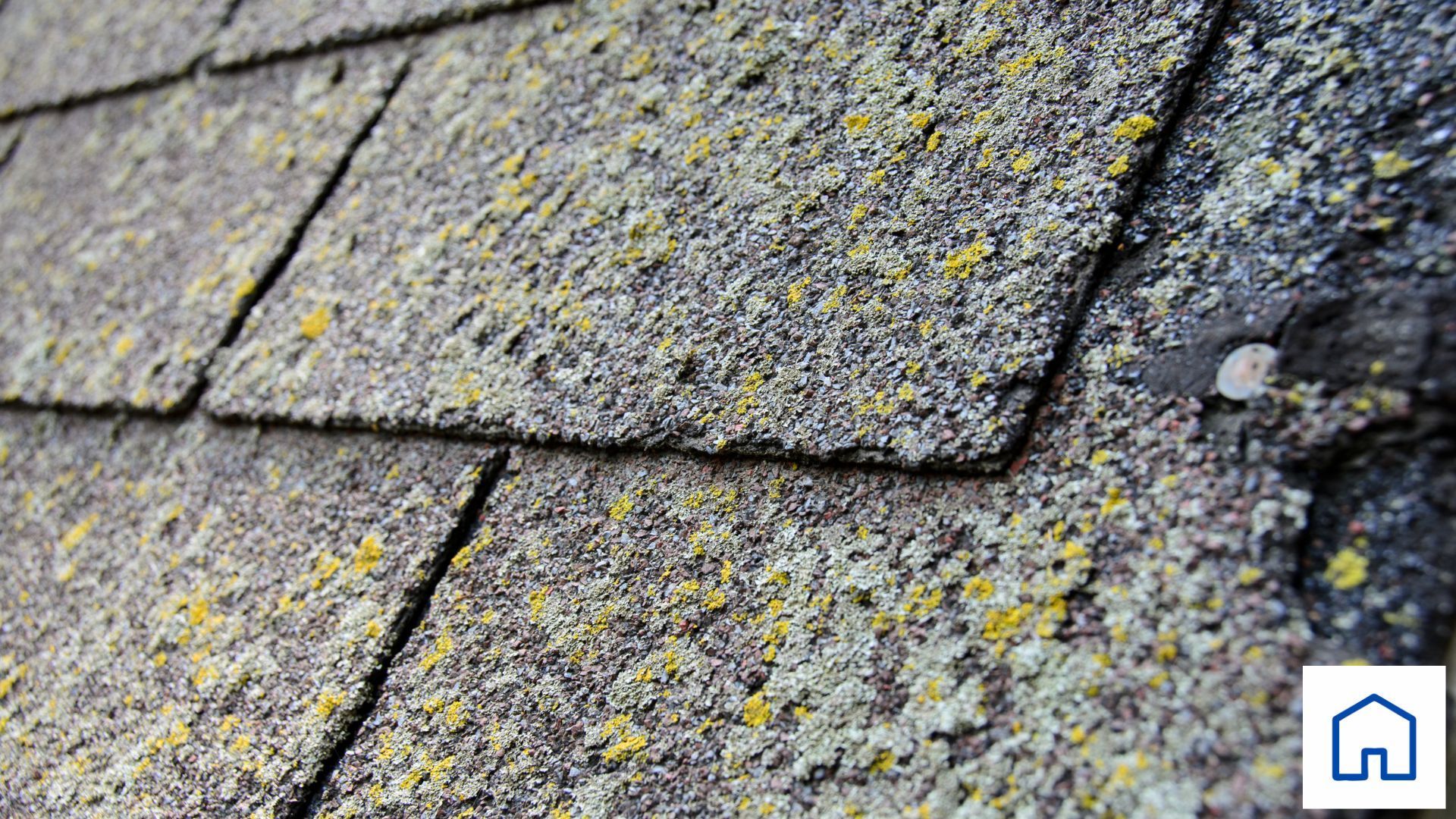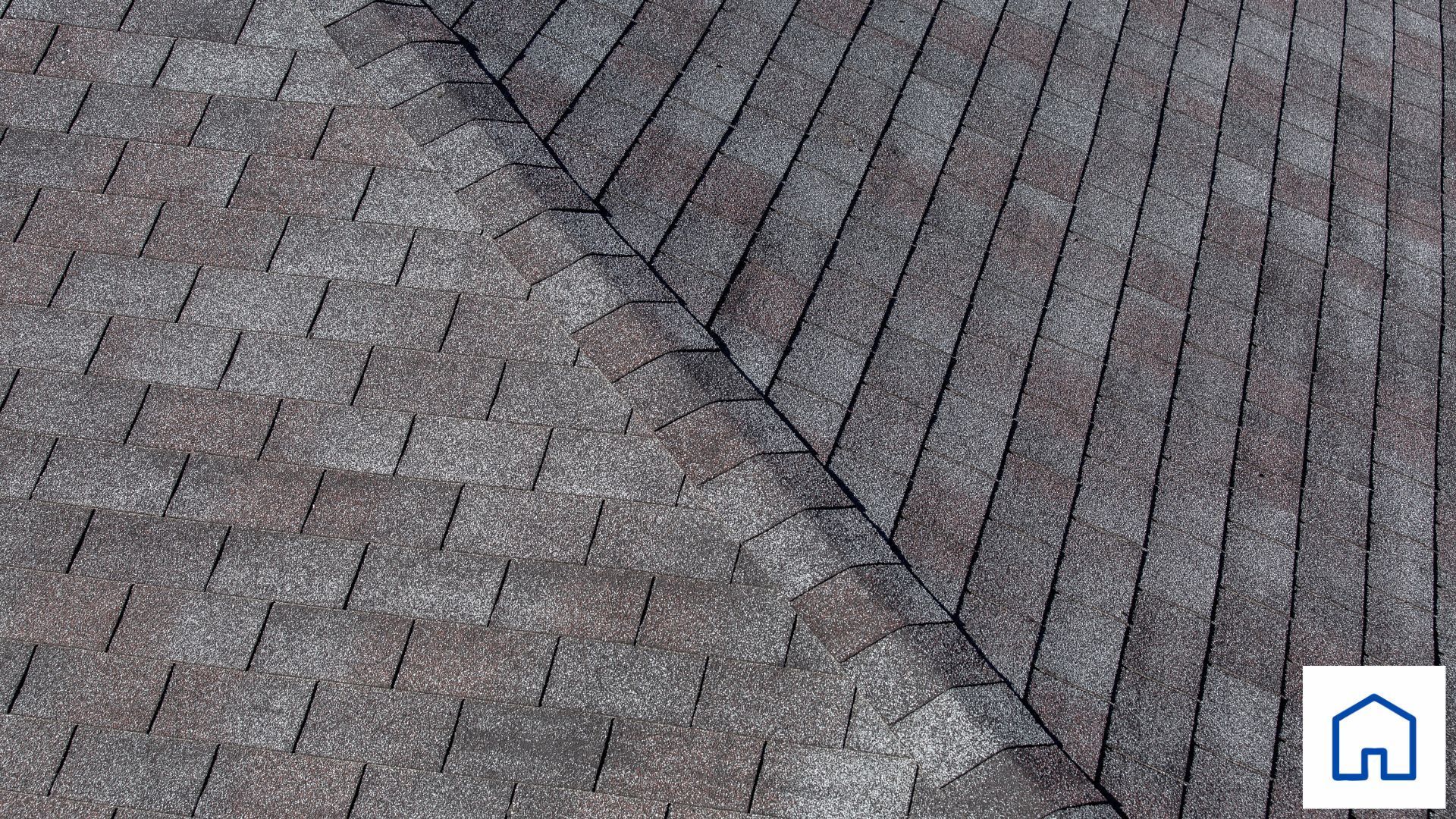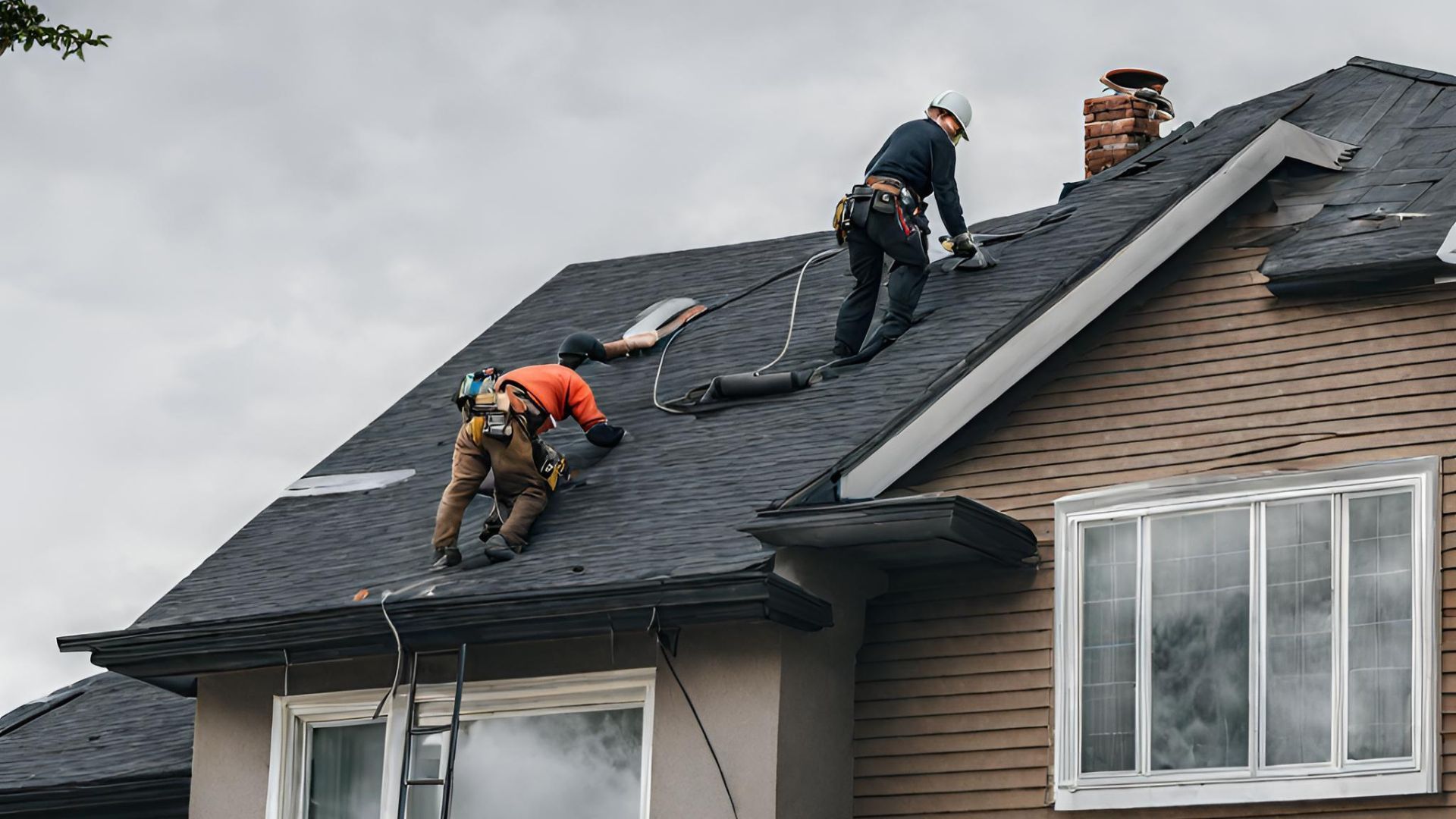The 5 best roof types for your home in 2023
If you're a homeowner in Carrollton looking to replace or repair your roof in 2023, it's important to ensure that you select the best roof type for your home. With an array of materials, colors and styles available, choosing from among them can be challenging; however, understanding which ones would perform best in our local climate is key when making this decision. In this blog post, we'll explore some of the
most popular roof types for Carrollton homeowners and their pros and cons. Read ahead to get started on finding the perfect roof choice for your home!
Asphalt Shingles
Asphalt shingles are perhaps the most popular choice among homeowners in Carrollton due to their affordability and relatively easy installation process. They come in various colors and styles and can be customized to fit any home. Asphalt shingles have higher fire resistance ratings than other material types, which makes them appealing to many homeowners looking to protect their homes from potential fires. The downside is that they may not last as long as other materials, lasting anywhere from 15-30 years, depending on weather conditions and maintenance efforts.
Metal Roofs
Metal roofs offer superior strength and durability compared to asphalt shingles and other materials, lasting anywhere from 50-75 years with proper care and maintenance. In addition, metal roofs can reflect up to 90 percent of solar radiation away from your home, which could significantly reduce cooling costs during warmer months, according to
roof replacement experts in Carrollton. On the downside, metal roofs tend to be more expensive than asphalt shingle roofs due to their higher installation costs; however, they often come with longer warranties (up to 50 years) that can offset these costs over time.
Tile Roofs
Tile roofs are another popular choice among homeowners in Carrollton due to their aesthetic appeal, durability (lasting up to 100 years), energy efficiency benefits (up to 40 percent cooler than asphalt shingle roofs) and low maintenance requirements (no painting or sealing required). On the downside, tile roofs tend to be more expensive than asphalt shingle or metal roofs due to both their cost per square foot being higher than other options as well as additional labor requirements needed for installation. Additionally, tile roofs may not be suitable for certain climates as they can fracture or crack under extreme temperatures or weather conditions.
Slate Roofs
Slate is fire-resistant, eco-friendly, and offers an unmatched elegance to any home. However, it is heavier than other roofing materials, which could potentially require additional support. Additionally, its heavy weight can create stress on the roof decking. Installing slate roofing is also more expensive initially than many other types of materials; however, the slate's longevity ensures that it will pay off over time with low maintenance requirements. For homeowners who decide to use slate as their material of choice, it's important to carefully examine local climate conditions in order to pick a compatible type of slate with good weather resistance.

Architectural and Three Tab shingles
For Carrollton homeowners, architectural shingles are one of the most popular options when it comes to replacing an existing roof. They offer several benefits, such as durability, compatibility with a variety of exterior siding, and higher quality. Despite these advantages, there are a few drawbacks to consider: they can be more expensive initially than traditional 3-tab shingles; installation costs may be higher as experienced labor is required; and color selection may not meet individual tastes or needs.
Three-tab shingles, on the other hand, are one of the most affordable roofing options. They are made from asphalt, layered into three individual tabs that interlock with each other, so they lay flat on a roof. They come in a wide variety of colors and provide even coverage across the surface. However, they have a low resistance to hail and wind. Hire a roofing replacement expert in Carrollton to overcome these shortcomings.
When considering a new roof system for your home in Carrollton, it's important to factor in all elements, including material type(s), color selection(s), warranty details/length(s), cost comparison between materials/installation processes, professional installation services availability/experience along with the expected duration of use, i.e., fifteen plus years versus fifty plus years etc. Taking into consideration all of these factors will help ensure that you make an informed decision about which type of roof will best serve you now and down the road! With this knowledge, you'll be ready to choose the best roof for your needs and budget. Contact us today for more information or to schedule a free consultation. We'll work with you to find the perfect roofing solution for your home.
